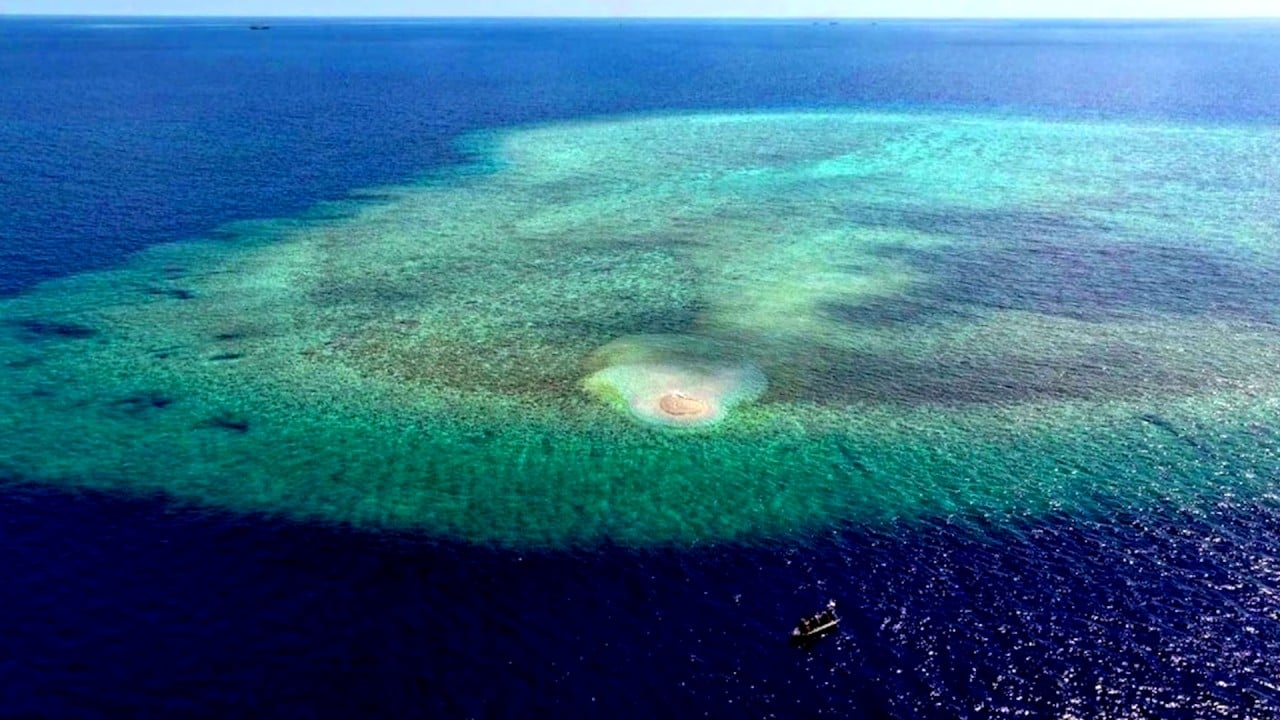World
Chinese and Philippine ships collide, first under Beijing’s new coastguard law

The incident took place early on Monday morning during the Philippines’ latest resupply mission to a grounded navy vessel on the shoal, an atoll in the Spratly Islands of the South China Sea that is claimed by both Beijing and Manila.
“The Philippine supply ship ignored multiple stern warnings from the Chinese side … dangerously and in an unprofessional manner approached Chinese vessels navigating normally, resulting in a collision,” the coastguard said in a statement. It did not mention damage or injuries on either side.
It said the Philippine ship had “illegally entered” waters near Second Thomas Shoal and that the Chinese coastguard took “control measures” against the Philippine vessel in accordance with the law.
During a regular Chinese foreign ministry press conference on Monday afternoon, spokesman Lin Jian said: “China Coast Guard only took necessary control measures against the Philippine vessels in accordance with the law, and the on-site operation was conducted in a professional, restrained, reasonable and lawful manner.”
He said a Philippine supply and replenishment ship and two speedboats had attempted to deliver materials, including construction supplies, to troops stationed at Second Thomas Shoal.
Beijing fears construction materials being sent to the shoal could be used to fortify the Philippine ship and sustain its presence, and China often attempts to block deliveries.
The Armed Forces of the Philippines was quoted by Philippine media outlets on Monday as saying Beijing’s claims were “deceptive and misleading”.
“The main issue remains to be the illegal presence and actions of Chinese vessels within the Philippines’ exclusive economic zone, which infringes on our sovereignty and sovereign rights,” it said. The armed forces said it would not comment on the operational details of the legal humanitarian rotation and resupply mission.
Referred to as Renai Jiao by China, the shoal under Manila’s control has been the focal point of multiple stand-offs at sea. The Chinese coastguard has been accused of ramming Philippine supply vessels and using water cannons against them, resulting in damage and injuries.
The frequent face-offs between Beijing and Manila show no sign of abating. More recently, tensions have also been brewing at Sabina Shoal, known as Escoda Shoal in the Philippines, around 139km (75 nautical miles) west of Palawan, the westernmost island province of the Philippines.
Last week, China’s coastguard said it took “restrictive measures” against Philippine boats that landed on the islets of Sabina Shoal – known as Xianbin Jiao in Chinese.
China claims nearly the entire South China Sea but overlapping areas are claimed by the Philippines, Brunei, Malaysia and Vietnam.
Last week, the Philippines submitted a claim to a United Nations body for an extended continental shelf off the coast of western Palawan province in the South China Sea. This action challenges China’s sweeping territorial claims in the region.
Under the 1982 United Nations Convention on the Law of the Sea, a coastal state can secure exclusive rights to exploit resources in its continental shelf, which can extend up to 350 nautical miles, including the right to authorise and regulate drilling activities.








:max_bytes(150000):strip_icc()/roundup-writereditor-loved-deals-tout-f5de51f85de145b2b1eb99cdb7b6cb84.jpg)


